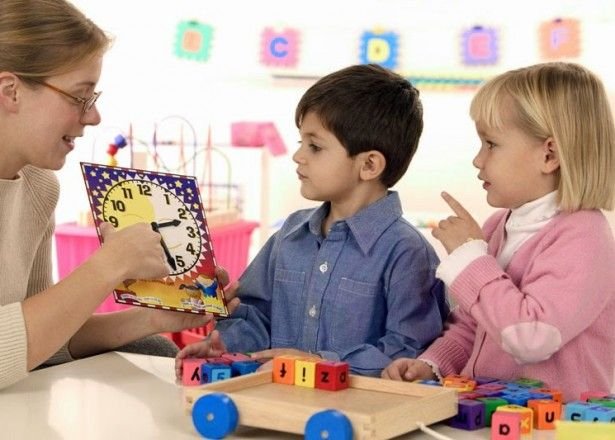
The development of logical-mathematical thinking is of great importance in the smallest since it depends on thinking numerically, reasoning logically and interpreting reality. Without it we could not face our day as it is continuously present in different situations. For that reason I am going to show you several activities on how to teach mathematics in the 2nd cycle of Early Childhood Education.
The beginning of this logical-mathematical thought for the youngest is born of relating objects and their properties. Mainly, this is achieved with game situations that I explain later.
Developing mathematical intelligence is a key element for all that it contributes to children in their development. It helps them understand concepts, establish logical relationships and use natural calculations, quantifications and hypotheses.
We can all develop that capacity since we are small, but its proper development will depend on the stimuli that are received.
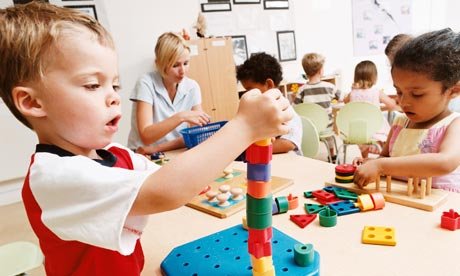
In order for our students to achieve all this, we propose logical-mathematical exercises in our Schools and we also encourage them to do exercises with them at home as well. In this way, the daily training of our children is ensured so that they achieve the achievements and benefits with the mathematical development.
1. SUBITIZATION:
To work the subitization, which is the amount of objects that we can identify in a small moment, I propose a simple activity:
Teach them some pictures of the family, animals and even physical objects.
Hide them after a few seconds.
Then ask them how many they have seen.
Finally, you premiás them in case they have been successful with a positive reinforcement. If they fail, they will also be positively reinforced.

2. SEARCH FOR EQUIVALENT SETS:
For the search of equivalent sets, I propose to carry out the following activity:
You put a certain amount of cereals on a plate.
The child is told to put the same amount in a different dish.
As compensation, children can eat cereals once they have finished the activity.
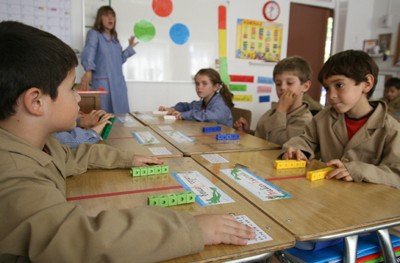
3. ROPE LEVEL IN THE COUNT:
Our children are in this phase, which means that, when counting, they need to do it without being interrupted or starting from a specific number.
The counting can be done daily by counting steps, people or even school friends, in this way we will help you settle it.
In addition, it is very important to also count from back to front, so that they understand it bi-directionally.
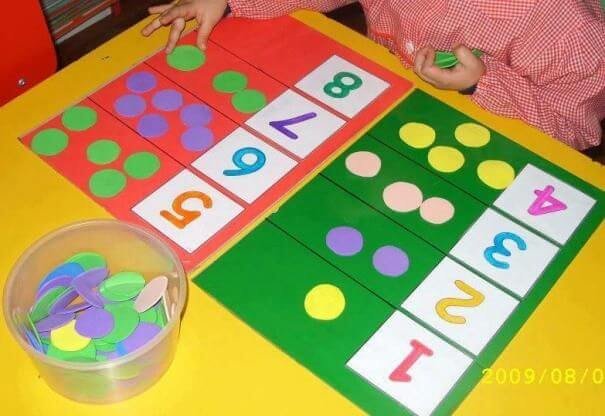
4. THE ORDER OF NEIGHBOR PATTERNS:
An example for you to understand what the order of neighboring patterns consists of: having 5, the neighbors of 5 are 6 and 4. This procedure can be applied to our house, that is, starting from our house, the child has to identify the number of your neighbors, the one before our house and the one after our house.
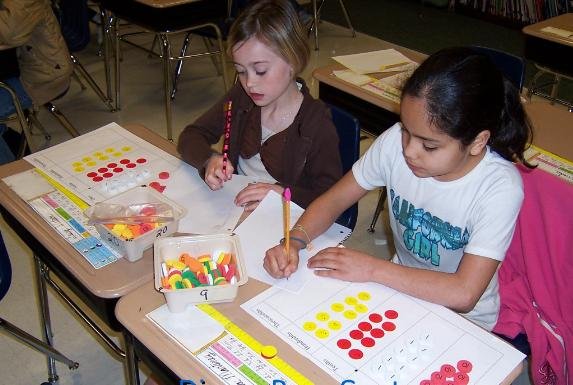
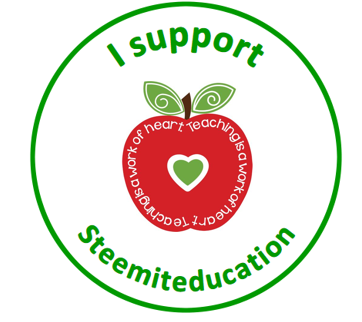
You can learn a lot of things in your post by posting a beautiful one and learn a lot
hello @qurrom, I'm glad you've managed to learn something with my post, that's the idea. Regards and thanks for visiting my blog!! I'm starting to follow you!
thank you for teaching us about learning and teaching us about mathematics. Oh, how I was always scared of this subject, just because it was presented in a stagnant and inefficient way.
hello, @sasharay, today there are many fun teaching techniques with which you can transmit knowledge and children have fun, thanks for visiting my blog! regards! I'm starting to follow you!
hello, @lasocia Thank you for the following and right back following to learn from you, as we need people like you and show parents, educators and especially kids that learning can be fun :)
This would really go a long way for my kids, Thanks @lasocia
Hello @afifa, thanks for visiting my blog, they are easy techniques that you can use at home and in this way to make your little ones learn maths. A pleasure to greet!
The methods in the different strategies help the students in their training process, which is essential, the use of the media is very useful and even more if it is done in a fun way.
Hello @carmenl, are fun teaching techniques that can be used in classes by teachers, as at home by parents, the purpose is that children learn in a fun way. Regards and thanks for visiting my blog!